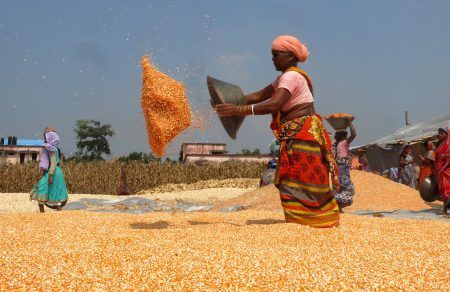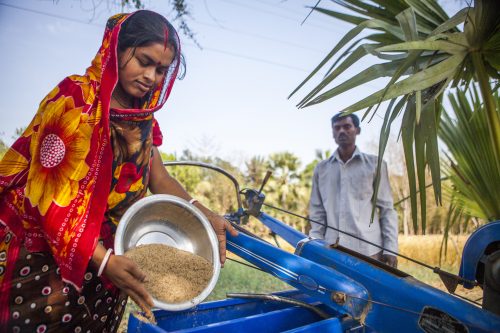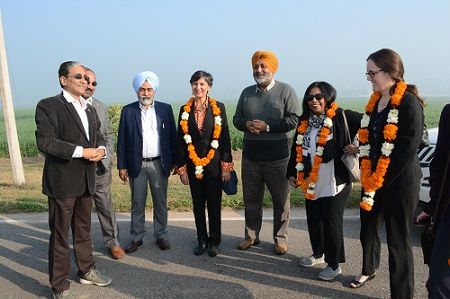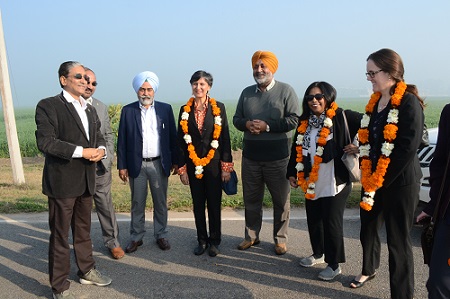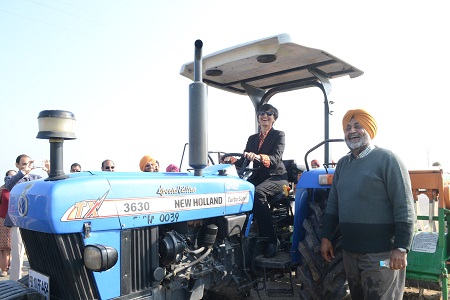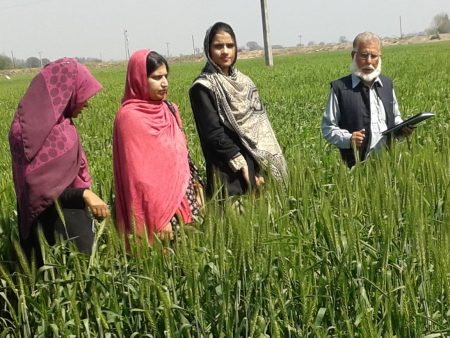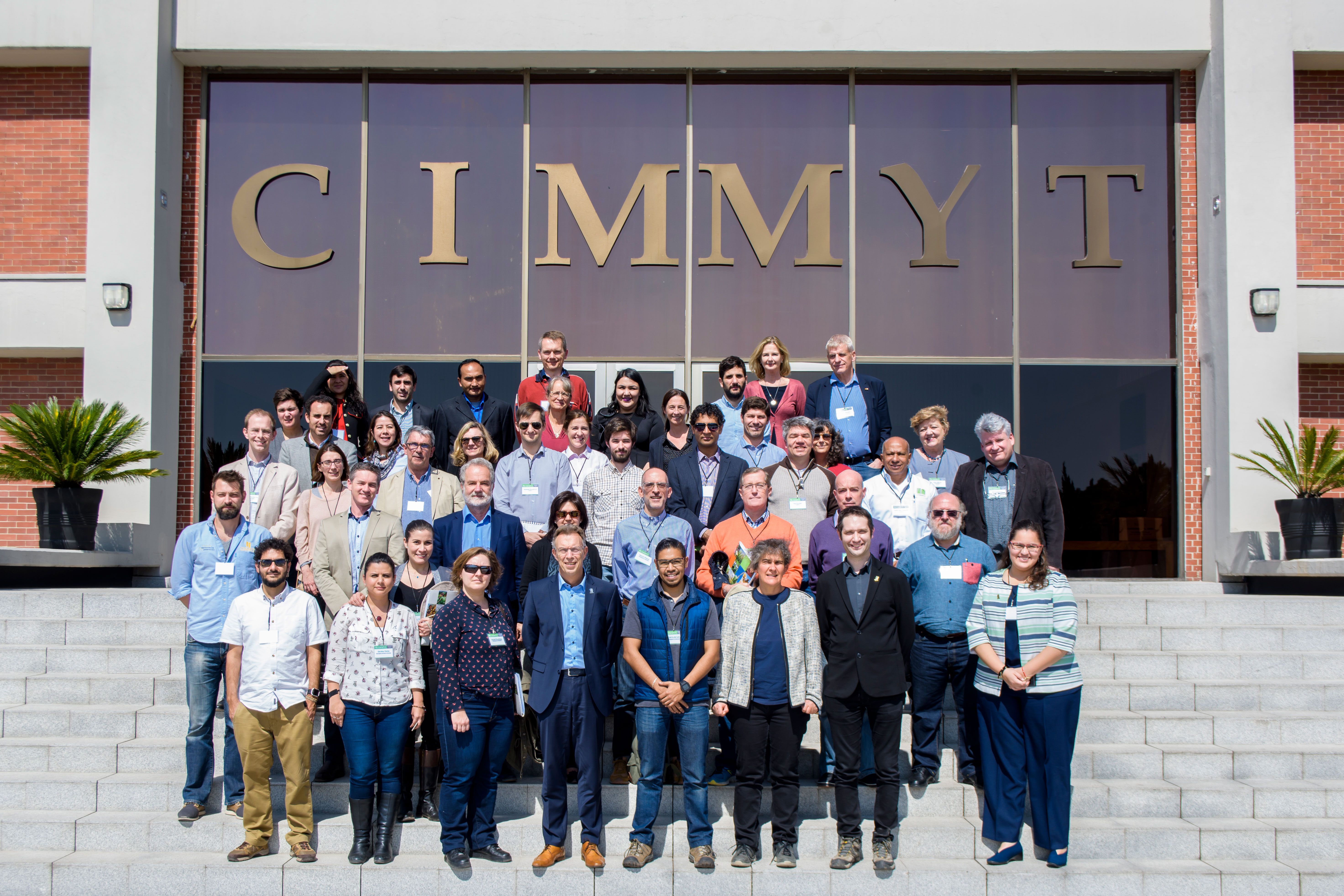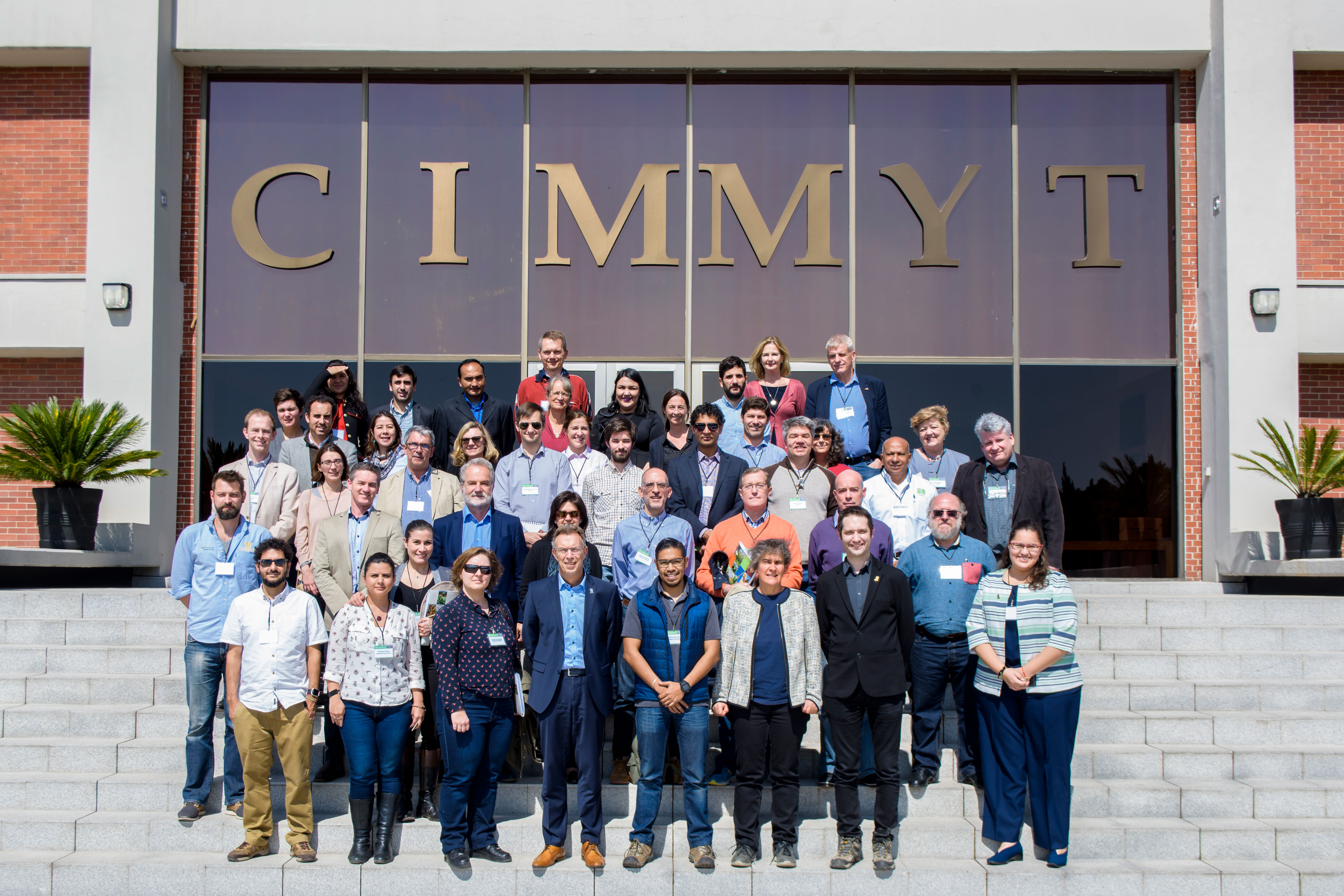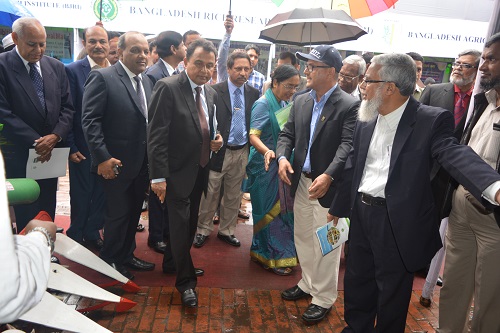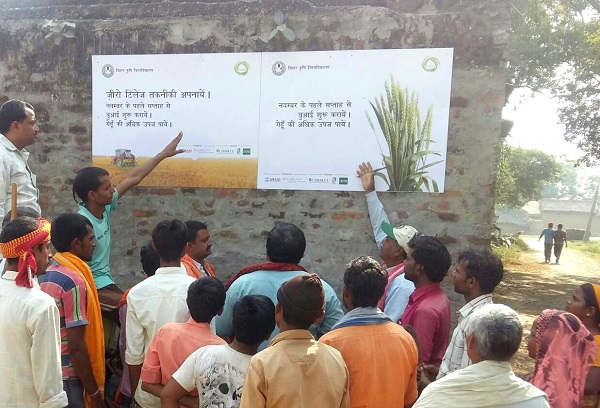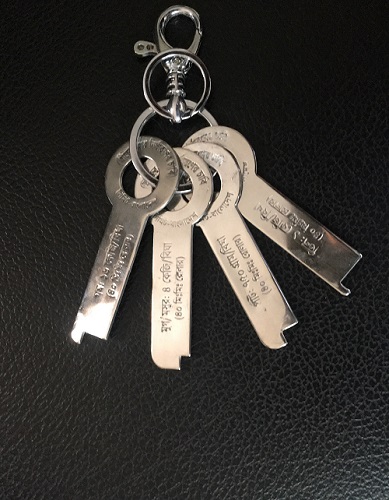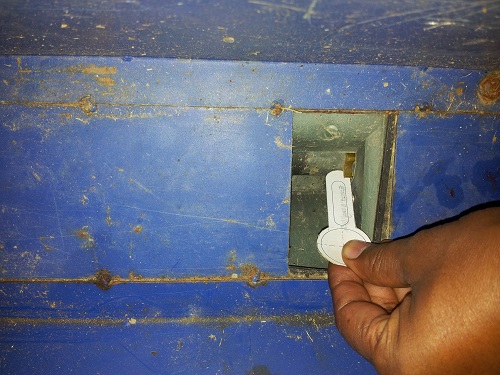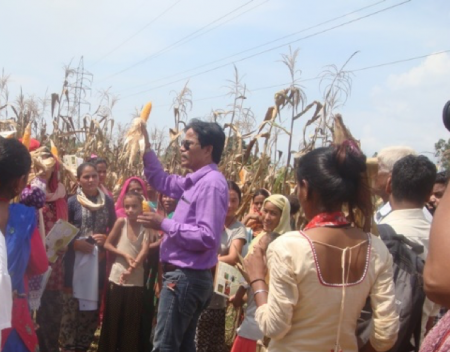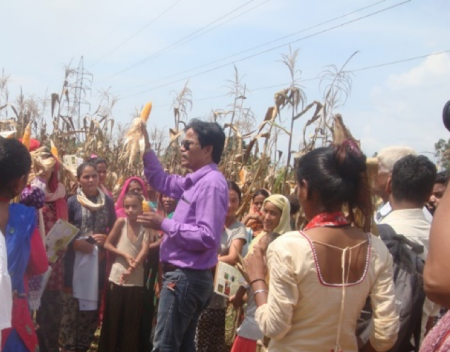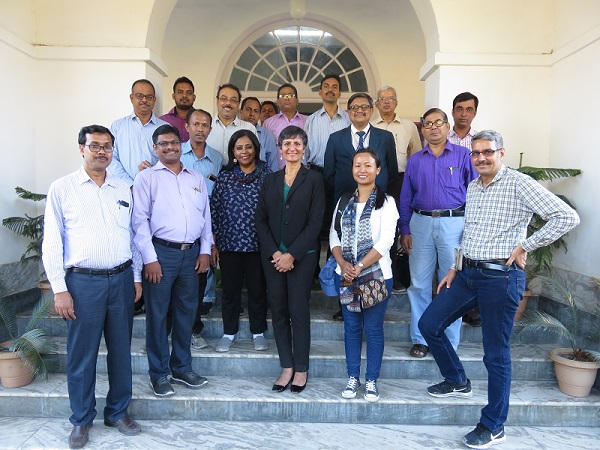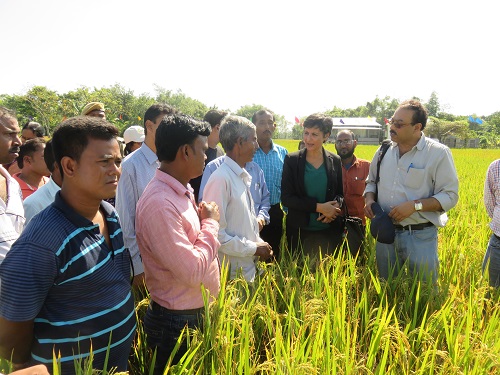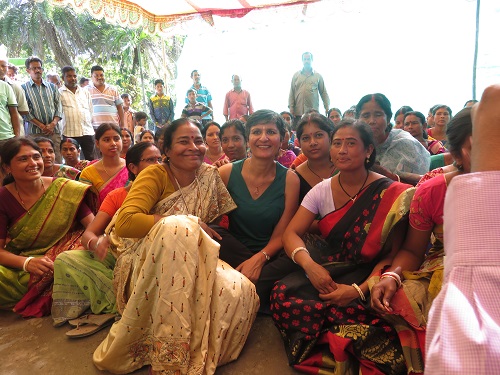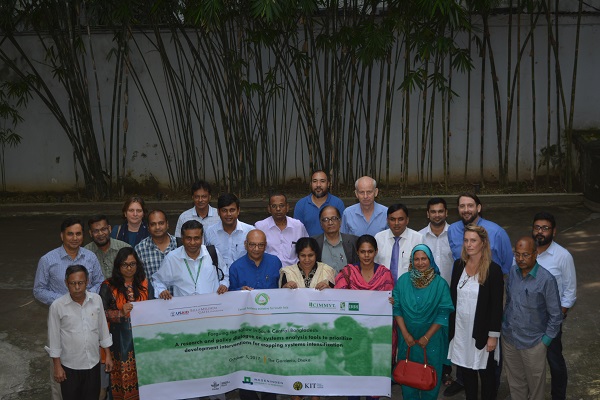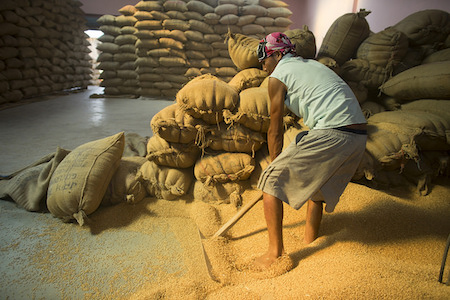Women farmers, researchers, and local agencies fight to unlock the potential of maize in eastern India
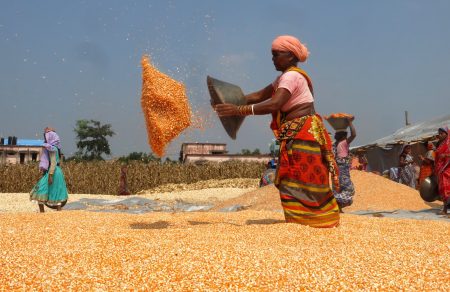
Unforeseen market effects, particularly rising land values and falling maize prices, have blocked the headway of women’s groups in eastern India who had begun profiting from maize farming on fallow land.
Leveraging the region’s favorable rainfall and soils and leasing fallow land from mostly male landholders, women’s groups had been growing improved maize, including hybrids, in Badbil Village, Mayurbhanj District, on the north-central plateau of Odisha State, a populous area on India’s East Coast.
In conjunction with the Odisha State Department of Agriculture in 2016, the Cereal Systems Initiative for South Asia (CSISA), led by the International Maize and Wheat Improvement Center (CIMMYT), provided technical training on improved maize production practices including mechanized line sowing using a seed drill, the safe application of pre-emergence herbicides, weed control using a power weeder, precision fertilizer management, and the marketing of dry grain.
Across Mayurbhanj, CSISA supported the cultivation of more than 1,800 hectares of hybrid maize. The women’s groups in Badbil grew more than 32 hectares and obtained an average yield of 5.6 tons per hectare. CSISA facilitated the purchase by poultry feed mills from neighboring districts of around 100 tons of dry grain at $240 per ton, generating net gains of from $700 to $783 per hectare. The farmers also harvested surplus green cobs for family consumption.
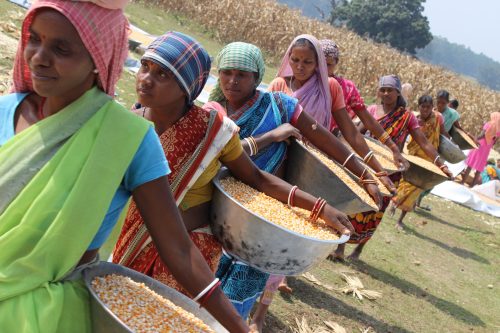
The success of maize cultivation in Badbil received attention in leading Odia-language newspapers, became a regional example for turning fallows into cash, and even featured in a report of the CGIAR Research Program on Maize.
But seeing that maize cultivation could yield profits, landowners declined to lease their fields in 2017. Fewer women farmers were able to grow maize and difficulties in sustaining linkages with millers due to the low output led many of the women to sell their crop as green cob at a lower price.
Worse yet, maize market prices plunged in Odisha in 2017. Farmers in Nuapada and Bolangir districts ended up selling at $167 per ton, against a declared minimum support price of $226 and as compared to $190 in 2016, demonstrating farmers’ vulnerability to price volatility.
Women farmers in Badbil wish to continue growing maize, despite the obstacles, and are encouraging male farmers to produce hybrid maize to keep supplying millers and thus maintain that market connection.
Anita Lohar, a progressive woman farmer, said, “The introduction of mechanization has helped the self-help groups to come forward to adopt maize and earn money from fallow land. We had one acre of maize in 2014 and now we cultivate maize on more than 80 acres. Maize farming has changed a lot from traditional practices, which were time consuming, labor intensive and less profitable, and now has asserted women’s fundamental role in agriculture.”
CSISA is working with the Odisha State Department of Agriculture and Farmers’ Empowerment, the Bill & Melinda Gates Foundation, and the National Commodity & Derivatives Exchange Limited to convene a maize marketing forum. On the agenda are improved infrastructure and aggregation and connectivity with nearby markets, such as poultry mills. CSISA also believes that better coordination among agencies involved in production, post-harvest management, storage, warehousing, and e-trading can unlock the potential for maize to generate significant incomes for smallholders, especially women, in the Odisha plateau.
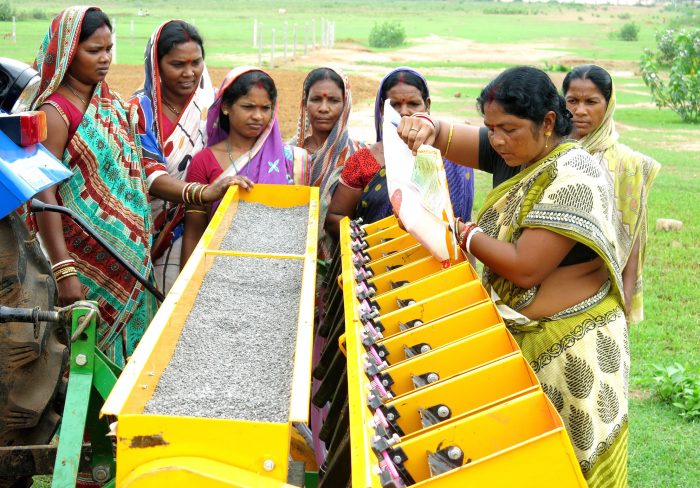
The Cereal Systems Initiative for South Asia is led by the International Maize and Wheat Improvement Center and implemented jointly with the International Food Policy Research Institute and the International Rice Research Institute
